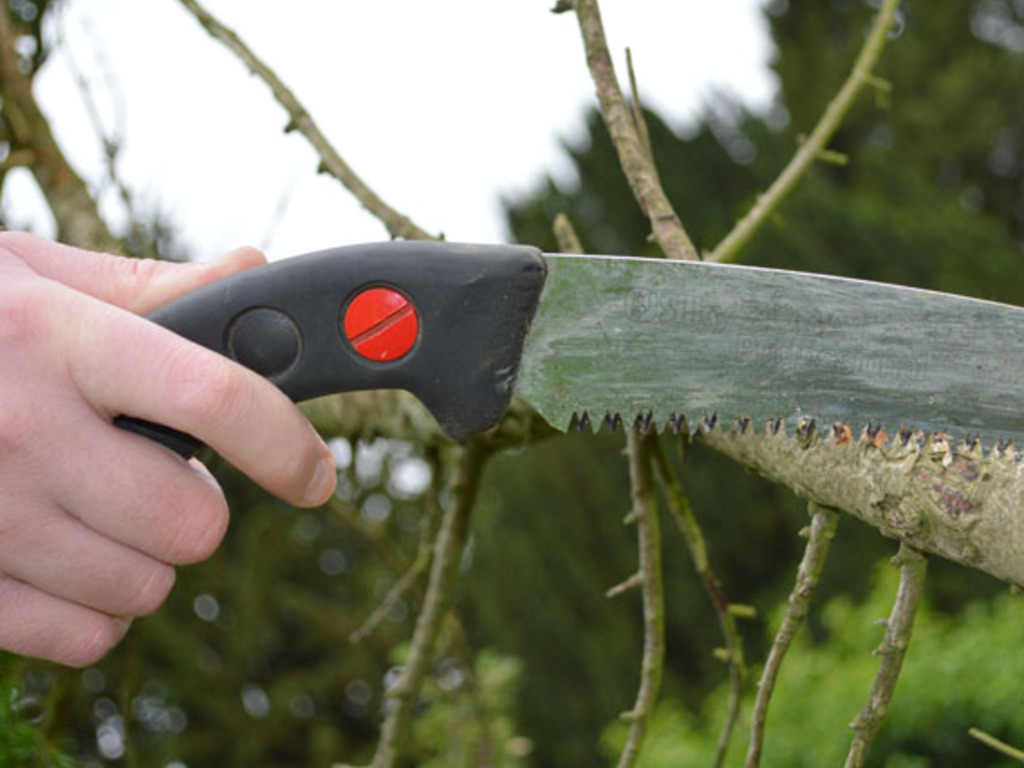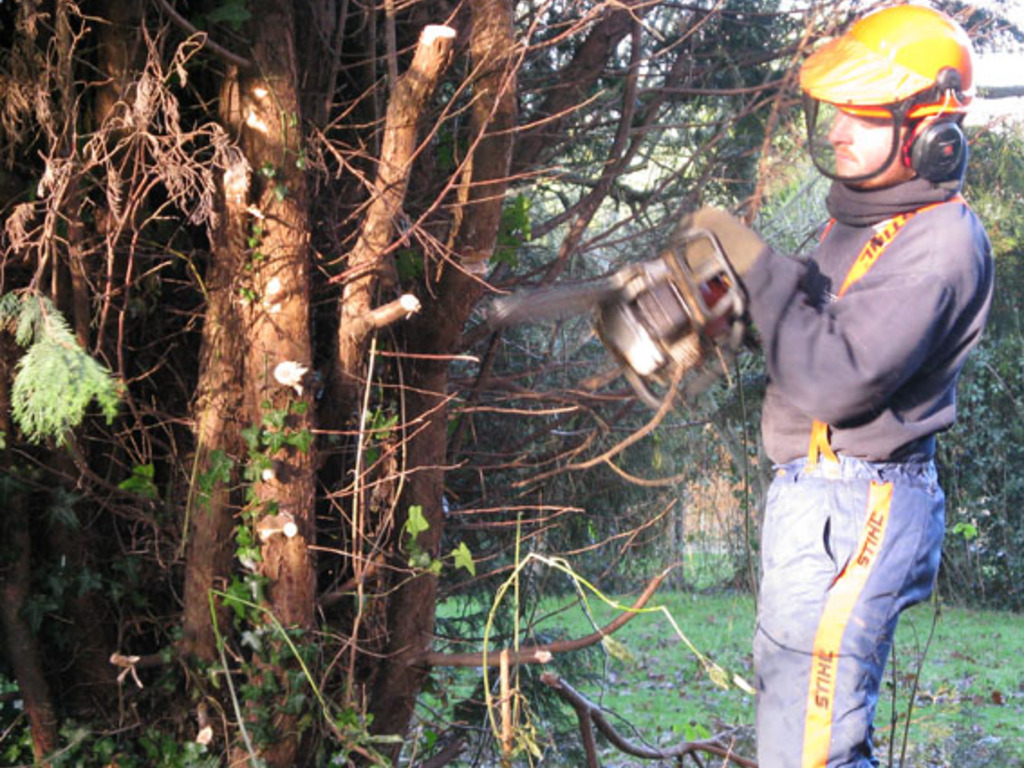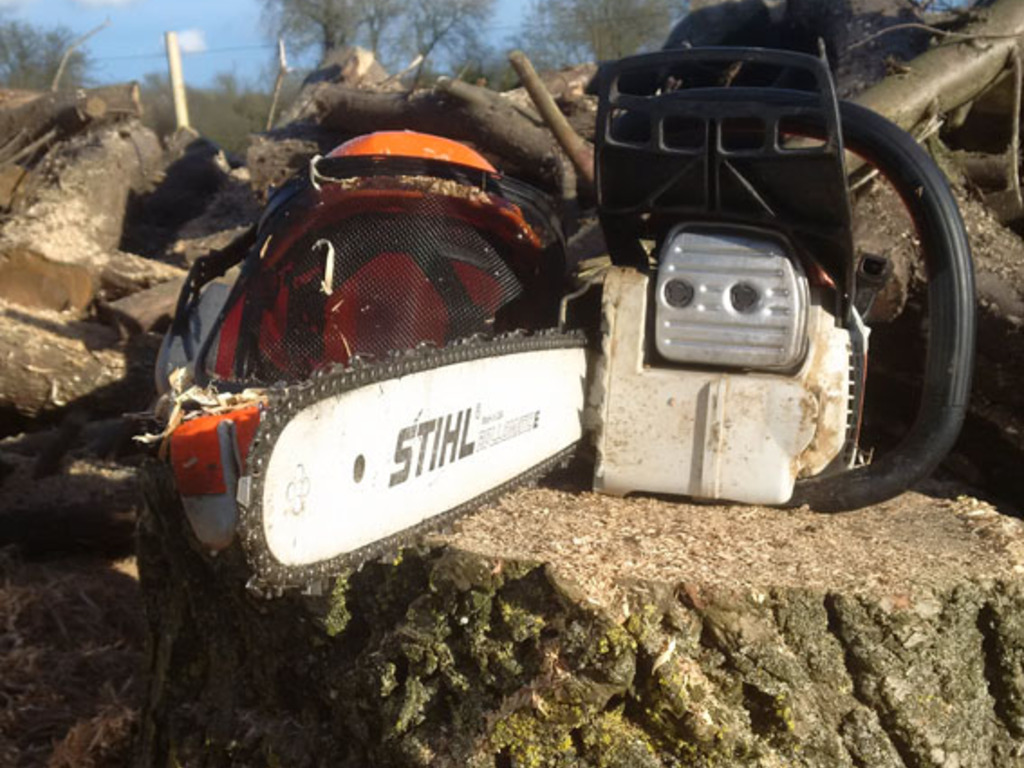A Guide to Tree Pruning and Felling
There are plenty of reasons to prune or fell a tree—damage by the elements, infection due to parasites, or being a danger to people or property.
Sometimes, pruning will maintain a tree and return it to a healthy state. In other situations, the only option is for the tree to be felled.
Let’s look at each in turn.
Pruning
Pruning is one of the most common ways to maintain a tree and maintain healthy and sustainable growth. However, without proper understanding of the tree’s biology, you could over prune, which would have the adverse effect and permanently damage or shorten a trees life.
Why Do You Need to Prune Trees?
Keep in mind that each cut to a tree can change its growth, so you need to have a good reason to prune. These include any of the following:
Disease – The removal of diseased branches to prevent it from falling or causing problems to the tree itself and its surroundings.
Aesthetics – The right kind of pruning will improve a tree’s appearance by encouraging uniform growth and an aesthetically pleasing form.
Health – Routine pruning will help air circulate more and light to penetrate the inside of a tree’s crown. This will also help balance a tree’s development, manage its height, and prevent branches from crossing and rubbing against each other. In the case of mature trees, corrective or preventive pruning is better.
Keep the public safe – If unstable branches or dead limbs would endanger the general public, then it’s best to prune them.
How to Properly Prune Trees
When to prune trees
Autumn or winter, when trees become dormant, are generally good seasons for pruning. This way, you can maximise their growth and wound closure before spring growth flush.
The right time can also depend on the tree species. For instance, beech or maple trees are best pruned in autumn, while plum or cherry trees are best pruned before their flowering. Trees that are susceptible to diseases should not be pruned when they are in active transmission periods.
However, if danger to people or properties is imminent, pruning should be done immediately.
Know where to prune
Plan out your pruning before you actually do it. Keep in mind that you should only remove the affected branch with the least impact on the trunk. Incisions should also be made on the branch side. Lastly, large cuts should be made on the collar (where the branch and the tree join) to facilitate better healing.
Apply the right technique
There are a few techniques you can use, depending on the needs of the trees:
General pruning – Making the side branches shorter to allow more light in and minimise damage risk from the elements (best done during dormant phase).
Directional pruning – Removing branches to shaping a tree and improve its structure.
Crown thinning – Removing dead shoots to improve light penetration and crops of fruit trees, as well as to limit a tree’s height and span.
Crown lifting – Removing lower branches (usually a third of the tree’s height) to give better access to vehicles or pedestrians and/or to allow more light to reach the base.
Check the legalities
A lot of trees are protected by law, so make sure you check with your local council for information before carrying out any pruning work to the canopy or roots as any work.
Use the right tools
There are plenty of tools that an arborist can use, including:
Pruning saws for delicate work, especially in cases of small wedges or drop crotch cuts
Loppers, whether bypass loppers (for green live wood) or anvil loppers (for dead wood), for chopping smaller branches
Pole saws for branches that are difficult to reach
Chainsaws for cutting thick branches
Felling
Felling a tree is the process of cutting down a tree in its entirety. Given the risks involved, its highly recommended to take advice from a qualified arborist or tree surgeon, and if it is a tree of any size or involves any complications, it is likely best to have the job carried out by a professional.
Why Do You Need to Fell A Tree?
There are a variety of situations that call for a tree to be taken down. These include:
Diseases – Pruning can get expensive in the long run and in many cases will not halt the spread of aggressive tree diseases. A disease can even eat away at trees bit by bit in a span of years. Felling will also help contain tree diseases especially in the case of certain diseases such as ash dieback or phoney peach disease.
Unstable growth – If a dying tree poses a risk to people or properties, it’s best to fell it. Always check a tree’s health (e.g. hollow parts, trunk strength, stress, etc.) to see if it can still be saved before making the decision to fell.
Damage – There are plenty of ways a tree can get damaged. This includes lightning strikes, herbicides, or internal decay, among others. If more than 25% of a trunk is compromised, it may not be strong enough to grow without risking its surroundings.
Public safety – If trees are decaying or leaning over areas with high pedestrian or vehicular traffic, felling may sometimes be the best recourse. Public safety will always take precedence when it comes to making a decision to fell or not fell a tree.
How to Safely Fell a Tree
Plan ahead
Felling requires adequate planning:
Determine if it’s live or dead wood by knocking against it using your felling axe
Check for any obstacles in the area (e.g. roads, buildings), bearing in mind the risk that a tree may deviate from the intended felling direction
Assess for any other risks
Install warning signs especially in areas where there are vehicles or people
Ensure you have all the right equipment (i.e. felling wedges, felling axe, silky saws, sharp chainsaw chains, and PPE safety workwear) to hand before starting so that you don’t have to leave your working area once the job is in progress
Decide the felling direction and retreat route
Next, determine the fall path of the tree. To make sure you pick the right direction, you need to have clear surroundings. This will ensure that the tree will not hit other trees or cause any damage to the wood or the area. If it’s leaning in one direction, it’s easier and safer to pick that fall path if this can be safely done.
Then, plan your felling retreat. This should be 45 degrees from the sides and back on either side of your cutting position. When the tree starts to fall, follow your escape route, making sure you don’t move behind the fall path as sometimes the tree butt kicks back.
Prune the trunk
Cut all the branches and twigs that would get in the way when sawing the tree. Make sure it’s twig-free at about shoulder height.
Fell the tree
When making the felling cut, there are a few steps you should follow:
Horizontal cut – This is the first cut and should be at hip height. The cut should also be about one-third of the tree’s width.
Wedge cut – The second cut can be made on the top or the bottom of the first cut. Either way, both cuts should meet to create a hinge. Cut 3 inches above the acute angle of the original cut.
Back cut – This is the last cut and should be 1.5 inches above your first cut. Make sure that it falls in the direction that you planned.
Know the law
Similar to pruning, you can’t fell a tree without first checking if it’s protected by the local authority or government. Always check with your local council or Forestry Commision before carrying out any felling work.
Keep in mind that pruning or felling may require climbing, use of powerful machinery, and handling or managing of heavy timber. Mistakes can cause damage to property or worse, people. As such, if in any doubt at all, hand the job over to a professional arborist / tree surgery comapny to ensure safety for both the workers and the environment.






